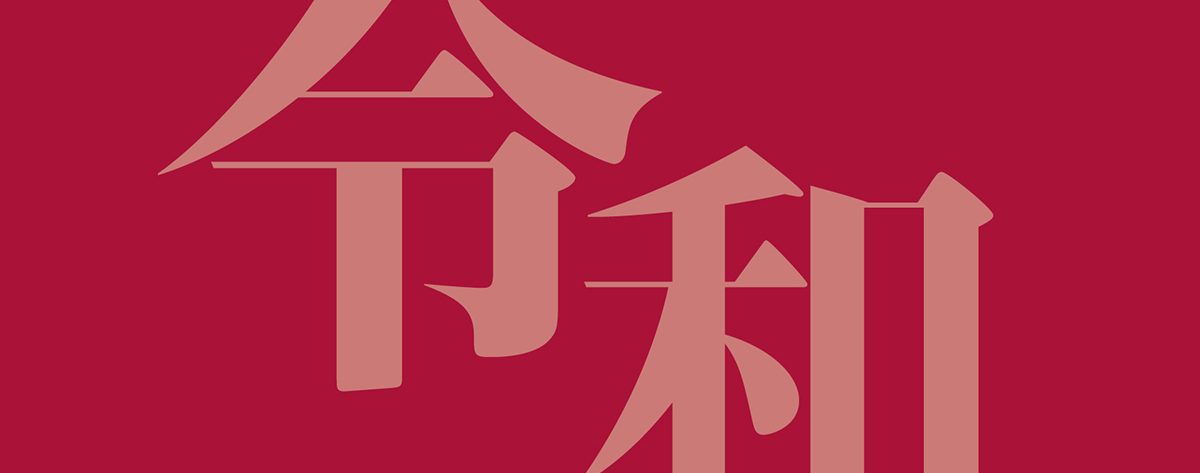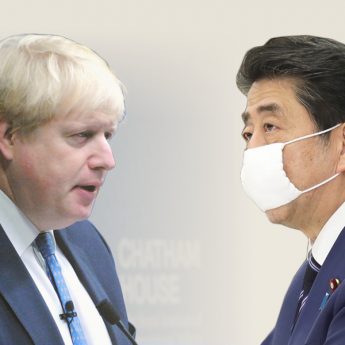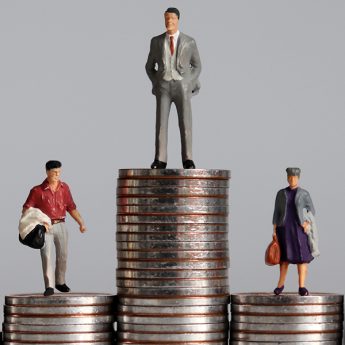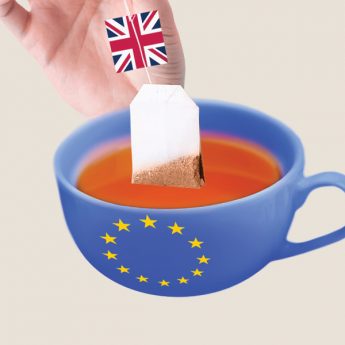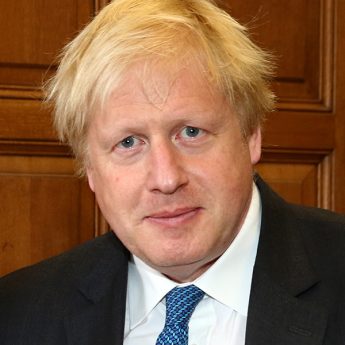So, it’s Reiwa. Or should it be Leiwa? In Japanese, the sound of the first letter is certainly much closer to the latter, but non-Japanese media seem to be opting for the former. However the Latin alphabetic spelling goes, Japan is set to enter a new era on 1 May when the Heisei emperor abdicates and his son inherits the throne.
What kind of era Reiwa will become is entirely up to us and the generation that follows. Hopefully, it will be a grown-up era in which we do not pick uncalled-for fights with our neighbours and are able to contribute to the mutual support system that the globalised world is supposed to be. We should ensure that Reiwa does not go down in history as the turning point when the country grew overtly nationalistic and self-centred once again. The signs are there, and the concern is real.
Historical context
Japan’s modern-day, non-Gregorian calendar begins with the Meiji period (1868–1912). Then come Taisho (1912–26), Showa (1926–89) and Heisei (1989–2019).
The Meiji period heralded the end of 300 years of seclusion that defined the Edo period, and Japan took off in a dash to become an imperial power. There were three key phrases with which the Meiji government tried to stir the national imagination and rally the people to put their backs into supporting the national endeavour:
- Fukoku-kyohei (wealthy state, powerful military)
- Shokusan-kogyo (enhance production, promote industry)
- Risshin-shusse (rise up, get on in life)
The idea was that the Japanese state needed to protect and increase its wealth through the development of a strong military. Otherwise, Meiji Japan would simply be gobbled up and torn apart by the colonial powers of the time.
For the wealthy-state/powerful-military formula to be realised, the nation’s productive power had to be strengthened and new industries created. Those who rose to these challenges of nation-building would be sure to get on in life. It was a time of much euphoria.
Past is prologue?
Japanese Prime Minister Shinzo Abe likes to remind us of the Meiji period. One of his favourite lines is: “What we could do then, we can do now”. The “then” to which he refers points to two periods in modern Japanese history:
- The high economic growth of the 1960s
- The nation-building of the Meiji period
Hopefully, the Reiwa years will not become a time of anachronistic pursuit of the wealthy-state/powerful-military model. Neither do we want to be forced to seek the by now long-lost youth of the 1960s. Then was then and now is now. What we must do now is address the needs of the Japan of today, not the requirements of the Japan that was. Reiwa has no business reliving the dreams of Meiji or the 1960s.
Model past?
To my mind Taisho was, if anything, a more interesting “then” than Meiji. Taisho was very brief. It lasted a mere 14 years (1912–26). Yet it was a time of much change in the Japanese psyche. It is known as the age of dawning democracy in Japan.
“Taisho democracy” is a term that crops up often in discussions of that period. People began to wake up to their democratic rights. Freedom of speech started to excite people, and imaginative writing spread through the worlds of both fiction and non-fiction. New and experimental literary movements proliferated.
Another phrase which invariably puts in an appearance when people talk of this time is “Taisho romanticism”. Numerous writers, novelists, poets and artists contributed to the unique romantic movement of the time. Arguably, it could be said that Taisho was the time when the post-Edo Japanese were at their weirdest and most unconventional.
These points are what make Taisho interesting. Reiwa might well benefit from revisiting some of the modes and themes of that time. It seems to me that we could do with some weird and unconventional thinking as we go on to grapple with the “now” issues of the 2020s.
Optimistic future?
Showa comprises four distinct periods:
- Pre-war
- Wartime
- Post-war
- Post post-war
When Japanese people talk nowadays about “Showa-retro” and exclaim, “How very Showa,” they seem, for the most part, to be referring to the latter days of the post-war period. Another vivid—but increasingly inaccurate—Showa image is that of the bubble years, when bright young things went to discos and partied in the most exclusive suite rooms of five-star hotels. Heisei began when that image shattered, and Japan entered the lost decade of the 1990s.
Compared with the dismal opening of the Heisei years, people are looking a lot happier as they try to get used to the sound of Reiwa. I devoutly hope the feel-good atmosphere is justifiable. But is it? Darkly as it opened, Heisei has been a time of peace for Japan. We should make sure that Reiwa keeps up the Heisei way in that very crucial respect.
